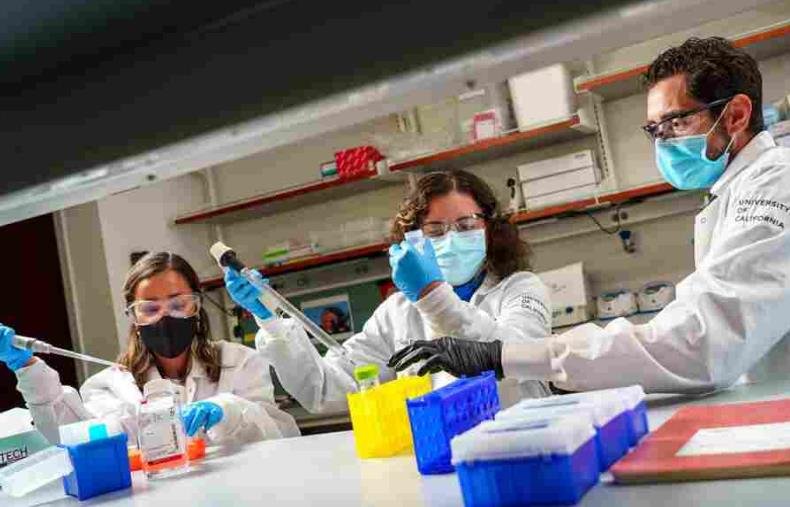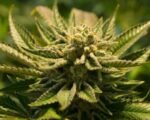A recent study has brought to attention the persistence of THC, the psychoactive component of cannabis, in the breast milk of new mothers. This discovery raises critical questions about the potential impacts on infants and underscores the need for more comprehensive research in this area.
The study conducted by researchers at Washington State University analyzed breast milk samples from breastfeeding mothers who used cannabis. They found that cannabinoids like THC could be detected in breast milk, with infants potentially consuming an average of 0.07 mg of THC per day. This amount is relatively low compared to a common low-dose edible, which contains 2 mg of THC, but the long-term effects on infants remain unknown.

The findings suggest that THC, being lipophilic, tends to accumulate in the fatty compounds of breast milk. This poses a challenge for mothers who wish to avoid breastfeeding during peak THC concentrations, as the study revealed no consistent peak times for THC levels in breast milk.
The Dilemma for Breastfeeding Mothers
The study’s results have sparked a debate on the use of cannabis by breastfeeding mothers. While some mothers turn to cannabis for therapeutic purposes, such as managing anxiety or chronic pain, the potential risks to infants are not fully understood. The lack of consistent data on peak THC levels in breast milk complicates the decision-making process for mothers who are trying to minimize their infant’s exposure to the substance.
Moreover, the study highlights the broader issue of the exclusion of women, particularly those who are breastfeeding, from clinical trials on medicines. This has resulted in a significant gap in knowledge regarding how commonly used drugs may affect breastfeeding babies.
The Call for Further Research
The study underscores the urgent need for further research to determine the long-term health effects of THC in breast milk. Questions remain about the differences in effects on infants of various ages and whether the method of cannabis consumption by the mother—smoking versus eating—alters the impact. As cannabis gains popularity and acceptance, understanding its implications for breastfeeding mothers and their infants becomes increasingly important.
The path forward requires thoughtful consideration and a commitment to expanding our knowledge in this area. Only through dedicated research can we ensure that the therapeutic use of cannabis by breastfeeding mothers does not come at the cost of their infant’s health and development.
Jane Smith is a seasoned article writer specializing in cannabis-related content. With a keen focus on the latest trends, research, and developments in the cannabis industry, she brings a fresh perspective to her writing. Jane’s insightful articles delve into the medicinal benefits, legalization efforts, and evolving culture surrounding cannabis. Her engaging storytelling and informative approach make her a trusted source for readers seeking accurate and up-to-date information on all things cannabis.








